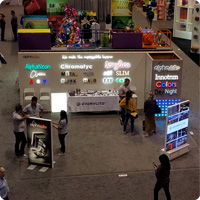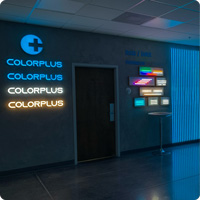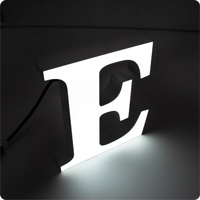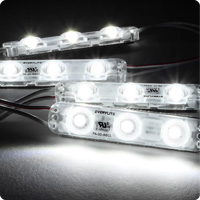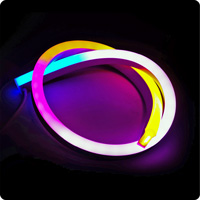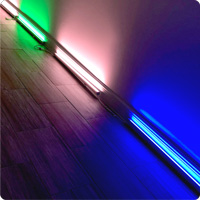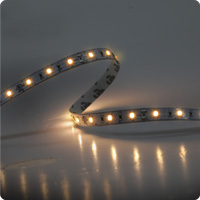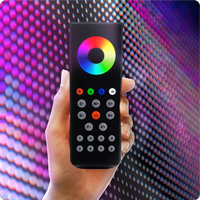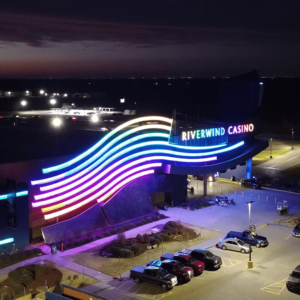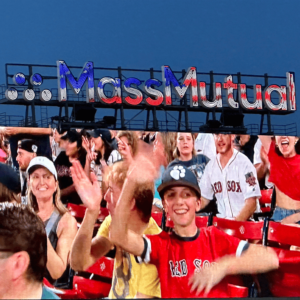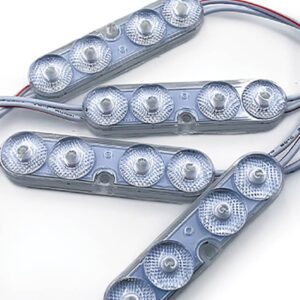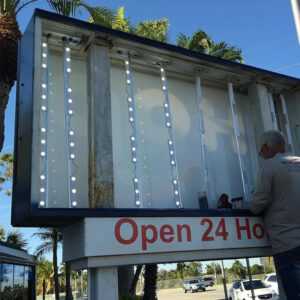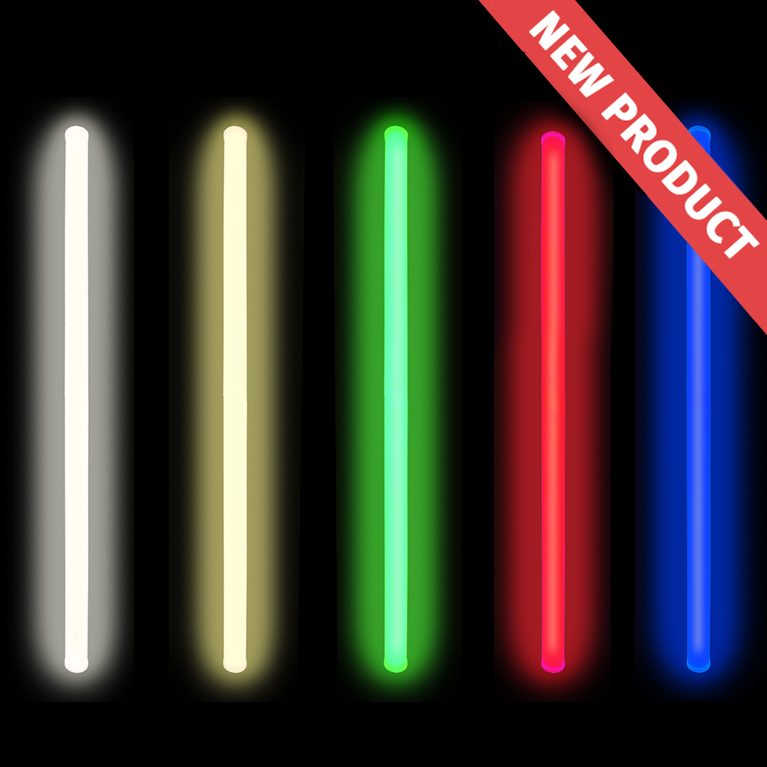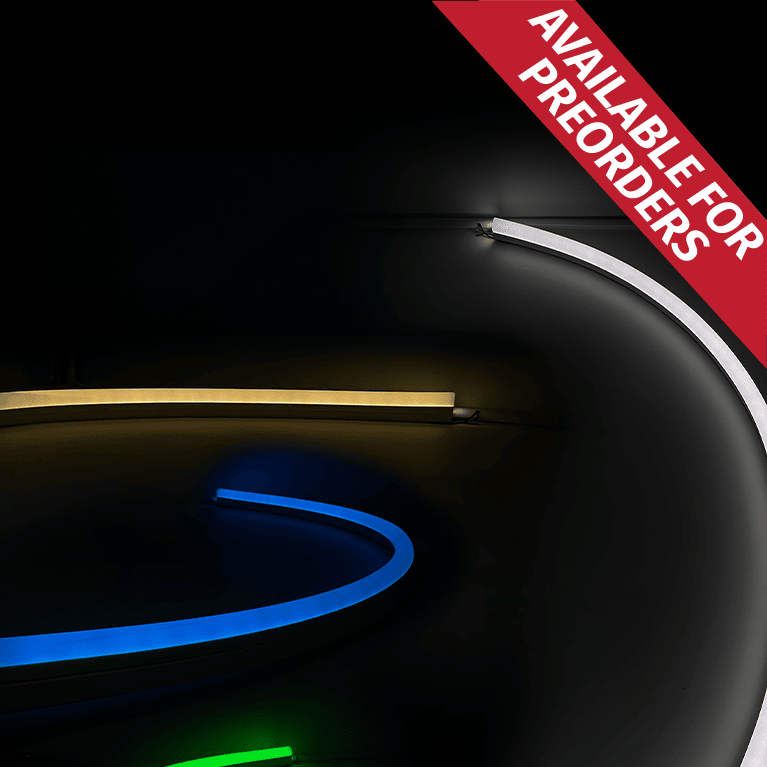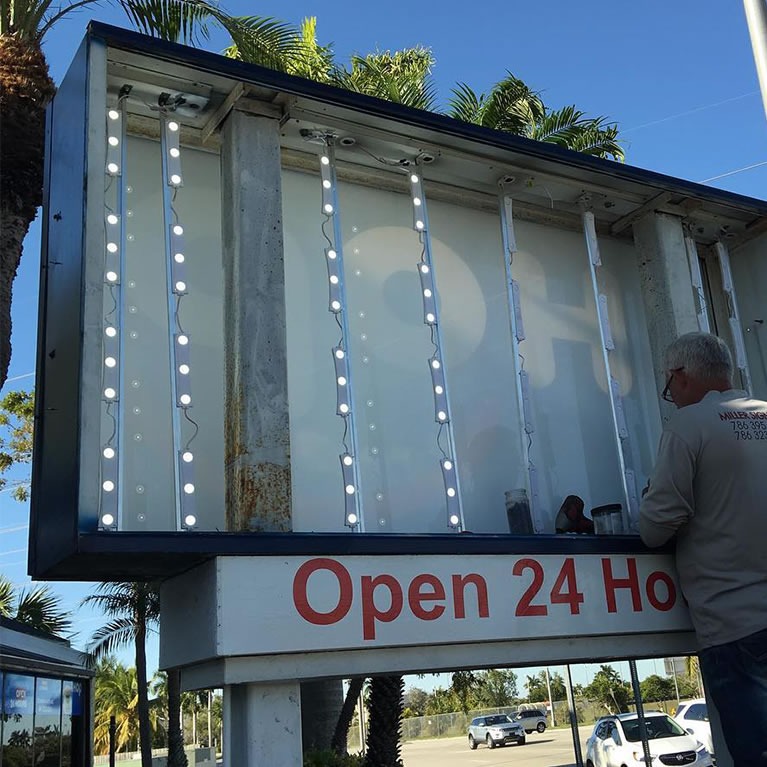When discussing a phenomenon’s history, you will inevitably run across the problem of where to begin. Likewise, this is true of LED parts. Light-emitting diodes are electrical components that exclusively conduct current to the forward polarity of the voltage.
And the forward voltage provided to this diode causes electrical current, which ultimately results in the production of light. Not every diode emits light; appropriate materials are required for the production of light. In order to produce light, an optical component’s material must also be able to provide PN diode characteristics.

The Rise of LED Modules
Although they didn’t exist in the form of lights as we know them today, the light-emitting diodes that give LEDs their name first gained popularity in the 1950s. Instead, they were employed to play records for music.
The identification of near-infrared light emission marked the beginning of the LED’s next phase of development. In 1962, the first red LED had been created, and afterward yellow and red-orange LEDs had also been created.
Although it took US manufacturers a while to make LEDs economically viable, Fairchild Optoelectronics managed to bring this ground-breaking light to market in the 1970s
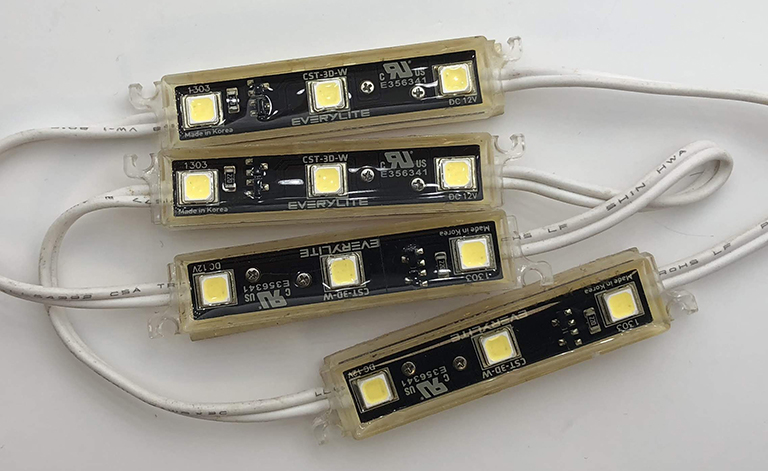
LED as we Know it Today
LED modules have advanced through time, much like many other technological fields. They are undoubtedly our preferred lighting solution here at Evergreen Energy, not least because of their sustainability. LED bulbs are a more environmentally friendly choice because they consume very little energy and have the longest lifespan of any bulb on the market.
Not merely its suitability for most areas in the house, where they can provide everything from bright lights in bathrooms to mood lighting in hallways, makes LED bulbs exciting. LED bulbs will advance along with technology. They have the potential to become even more environmentally friendly, energy-efficient, and user-friendly

The Innovation of Everylite
LEDs have only recently entered the market, yet their technology has advanced quickly. Due to these developments, customers are now more aware of the advantages of LED modules and are more inclined to switch to LEDs in a variety of applications.
1. Greater efficiency
2. Superior Color
3. Better Lighting Fixtures
Compact Fluorescent Lamps (CFLs) contain mercury but LED modules don’t, offer significant energy savings, last a lot longer, and have a variety of brightness and lightappearance possibilities.
In addition to being more energy-efficient than incandescent and CFL alternatives, LED modules are becoming more and more well-liked among consumers because of their small size and adaptability. Because of this, there are an unlimited amount of methods for users to use and incorporate light into a residential environment.

The LED Module That Dominates the Rest
The OpticMax 4D is made from only the best materials and uses high-performance LEDs that are so powerful and intense that they can be placed farther apart than the normal 12” without reducing lumen output (saving you money and time!). This makes it the most cost-effective brand available.
The sophisticated color-matching technology of the OpticMax 4D gives it even more advantages. OpticMax 4D is strong, dependable, and designed to survive the worst weather thanks to its exceptional protection grade of IP68.
The OpticMax 4D is a powerful and reliable solution for Box Signs. To fully and evenly illuminate a sign with this device, you only need fewer power supplies and modules. You can fit a 5” by 5” run gap in a 2” cabinet.
In addition, you can use the OpticMax 4D to illuminate any shallow or deep channel letters. It is also very ideal for Pylon applications. You can say that the OpticMax 4D is a better and more dependable option, especially when used with the Flash System.

